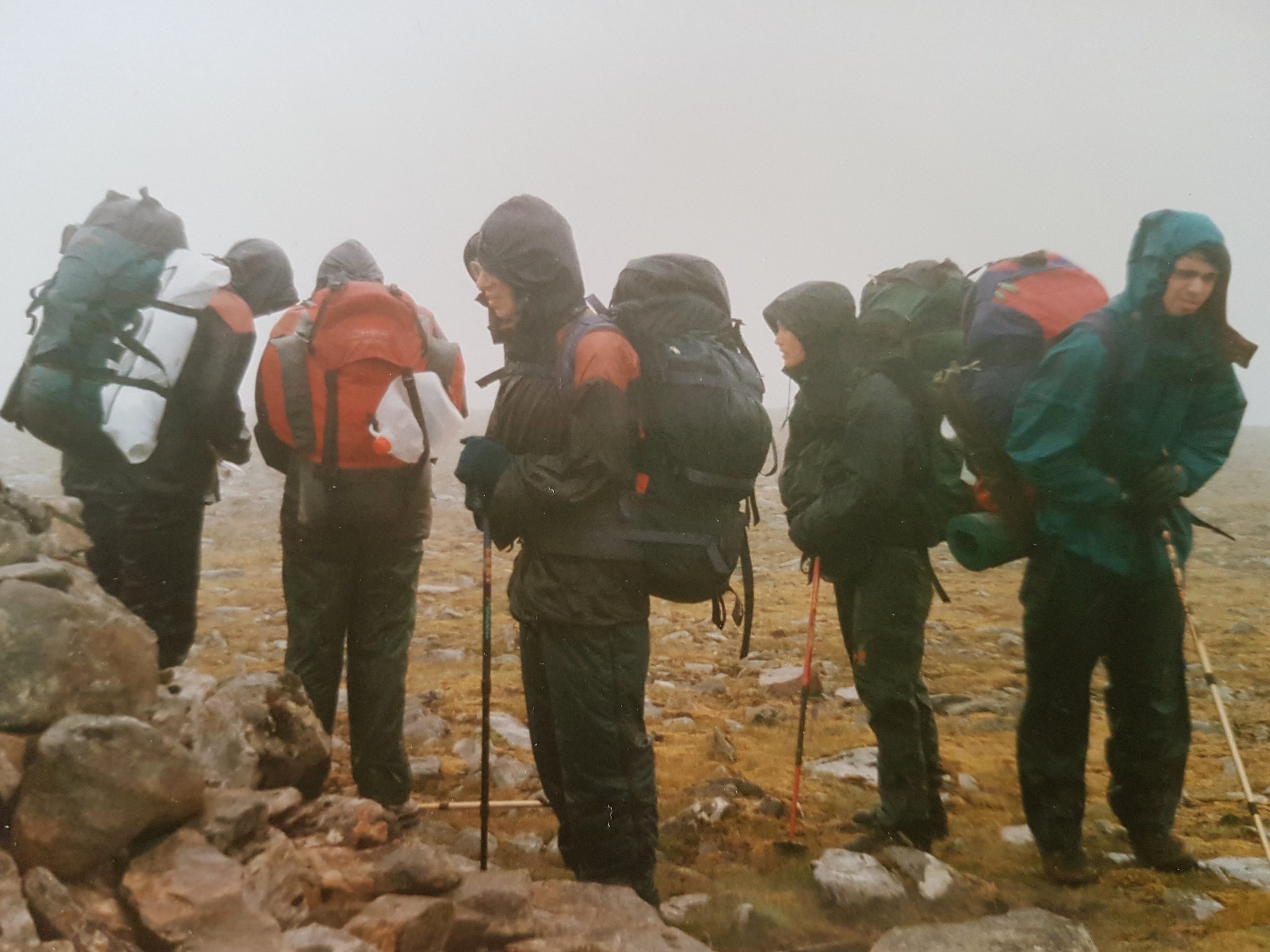Backpacking trips are a great way to get out and explore the outdoors. With careful planning, you can make sure that you have enough food to meet your energy needs while still having fun. Knowing what type of food to bring, how much to bring and how to store it all are key elements in making your backpacking trip successful.
1.
Choose the Right Foods:
When it comes to planning food for a backpacking trip, choosing the right foods is essential. Ideally, you’ll want foods that are lightweight, high in calories and nutritional value, easy to prepare and have a long shelf life. Some good options include nuts and seeds, dried fruits, energy bars, jerky, trail mix, freeze-dried meals, oats and granola. These types of foods will provide the energy you need for your hike without taking up too much space in your pack.
2. Determine How Much You’ll Need:
Once you’ve chosen your foods for the trip, it’s important to determine how much of each item you will need.
A good rule of thumb is to plan on about 2-3 pounds of food per day for every person in your group. This should be enough for breakfast, lunch, dinner and snacks throughout the day.
3. Store Properly:
It is important to store all food items properly while backpacking in order to prevent them from spoiling or attracting wildlife.
All wrapped items should be placed inside a bear bag before heading out on any hikes during the day. If possible, hang this bag as high as possible away from camp so that animals will not be able to get into it.
Conclusion:
Planning food for a backpacking trip is an important step in ensuring that everyone has enough energy throughout their hike. Choosing the right types of foods that are lightweight and nutritious is key along with determining how much each person will need for their trip. Finally storing all food items properly away from camp can help prevent any unwanted wildlife visitors.

